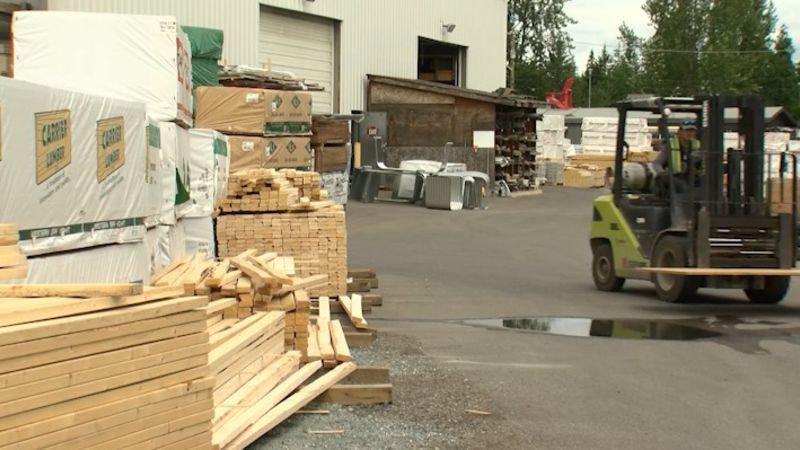
Trump’s tariffs threat not good for Canada
PRINCE GEORGE – It couldn’t be in plainer language, laid out on social media.
“I will sign all necessary documents to charge Mexico and Canada a 25 per cent tariff on ALL products coming into the United States”. The ultimatum goes on to say the tariff will remain in place until both countries stop drugs, in particular fentanyl, and people from illegally crossing the borders.
